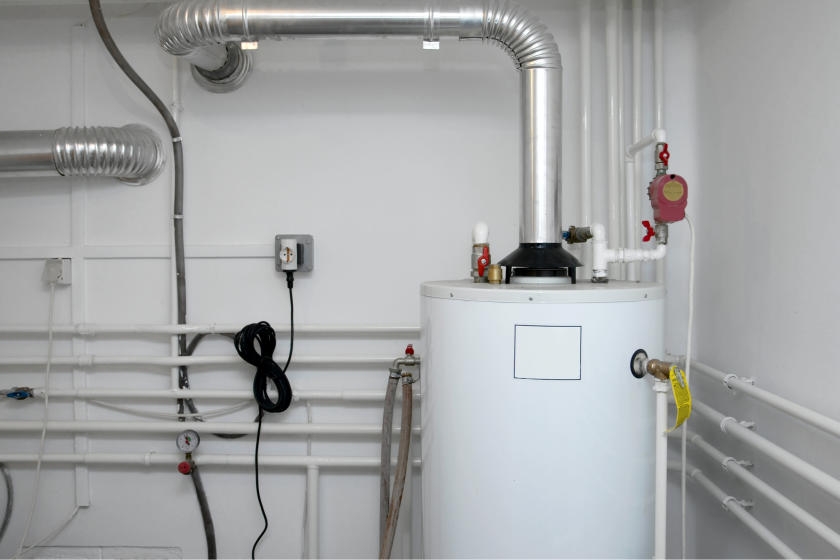How to Keep Your Home's Hot Water System Functioning Well
How to Keep Your Home's Hot Water System Functioning Well
Blog Article
They are making a few great points related to How to Maintain a Hot Water Heater in a Few Simple Steps in general in the content beneath.

Hot water is important for daily comfort, whether it's for a refreshing shower or cleaning dishes. To guarantee your warm water system runs effectively and lasts longer, normal maintenance is vital. This post offers sensible ideas and understandings on exactly how to keep your home's hot water system to avoid interruptions and costly fixings.
Introduction
Maintaining your home's warm water system might appear challenging, yet with a few straightforward steps, you can ensure it operates efficiently for many years ahead. This guide covers every little thing from understanding your warm water system to DIY upkeep tips and recognizing when to call in expert help.
Significance of Preserving Your Warm Water System
Regular maintenance not just extends the life expectancy of your warm water system but additionally ensures it runs successfully. Overlooking maintenance can cause lowered effectiveness, greater power bills, and also early failing of the system.
Indicators Your Hot Water System Requirements Maintenance
Understanding when your warm water system needs attention can stop significant concerns. Look out for indicators such as irregular water temperature, odd noises from the heating unit, or corroded water.
Understanding Your Warm Water System
Prior to diving right into maintenance tasks, it's handy to understand the fundamental parts of your hot water system. Usually, this consists of the hot water heater itself, pipelines, anode rods, and temperature controls.
Regular Monthly Upkeep Tasks
Regular monthly checks can help catch small concerns prior to they escalate.
Flushing the Water Heater
Flushing your water heater eliminates debris build-up, boosting efficiency and prolonging its life.
Checking and Replacing Anode Rods
Anode rods stop rust inside the container. Evaluating and replacing them when worn out is crucial.
Examining and Adjusting Temperature Settings
Adjusting the temperature setups ensures optimum efficiency and safety and security.
Do It Yourself Tips for Upkeep
You can do a number of maintenance tasks yourself to maintain your warm water system in leading problem.
Looking for Leaks
Frequently examine pipes and links for leakages, as these can cause water damages and higher bills.
Testing Stress Relief Valves
Evaluating the pressure relief valve guarantees it works properly and avoids excessive stress accumulation.
Protecting Pipes
Shielding warm water pipes reduces warmth loss and can conserve power.
When to Call an Expert
While DIY maintenance is beneficial, some concerns require professional know-how.
Complicated Issues Requiring Expert Assistance
Examples include significant leakages, electric troubles, or if your hot water heater is regularly underperforming.
Routine Specialist Maintenance Advantages
Specialist upkeep can include detailed assessments, tune-ups, and guaranteeing compliance with security standards.
Verdict
Routine upkeep of your home's warm water system is important for performance, durability, and price savings. By following these ideas and knowing when to look for professional aid, you can guarantee a trusted supply of warm water without unexpected interruptions.
How to Maintain an Instant Hot Water Heater
Before tinkering with your hot water heater, make sure that it’s not powered on. You also have to turn off the main circuit breaker and shut off the main gas line to prevent accidents. Also turn off the water valves connected to your unit to prevent water from flowing into and out of the appliance. 2. When you’re done, you have to detach the purge valves’ caps. These look like the letter “T†and are situated on either side of the water valves. Doing so will release any pressure that has accumulated inside the valves while at the same time avoid hot water from shooting out and burning your skin. 3. When the purge valves’ caps are removed, you have to connect your hosing lines to the valves. Your unit should have come with three hoses but if it didn’t, you can purchase these things from any hardware or home repair shops. You can also get them from retail stores that sell water heating systems. Read the user’s manual and follow it to complete this task properly. When the hosing lines are connected, open the purge port’s valves. 4. You should never use harsh chemical cleaners or solutions when cleaning your unit. Make use of white vinegar instead. It should be undiluted and you’ll probably use about 2 gallons. 5. Now flush your water heater. This task should probably take about 40 minutes. We can’t give you specific directions for this because the procedure is carried out depending on the type, model and brand of your heater. With that being said, refer to the user’s manual. 6. When you’re done draining the unit, you have to turn off the purge port valves again. Remove the hosing lines that you earlier installed on each of the water valves. Put the valve caps (purge port) back in their respective places and be very careful so as not to damage the rubber discs that are found inside these caps. 7. Now that everything’s back in place, check your user’s manual again to find out how to reactivate your water heating system. 8. Once it is working, turn one of your hot water faucets on just to let air pass through the heater’s water supply pipes. Leave the tap on until water flows smoothly out of it. https://www.orrplumbing.com/blog/2014/september/how-to-maintain-an-instant-hot-water-heater/

Do you appreciate more info about How to Maintain Your Water Heater & Prolong its Life? Make a remark below. We'd be delighted to listen to your opinion about this page. We hope to see you back again soon. You should take a moment to promote this blog post if you enjoyed reading it. We cherish your readership.
Call Today Report this page